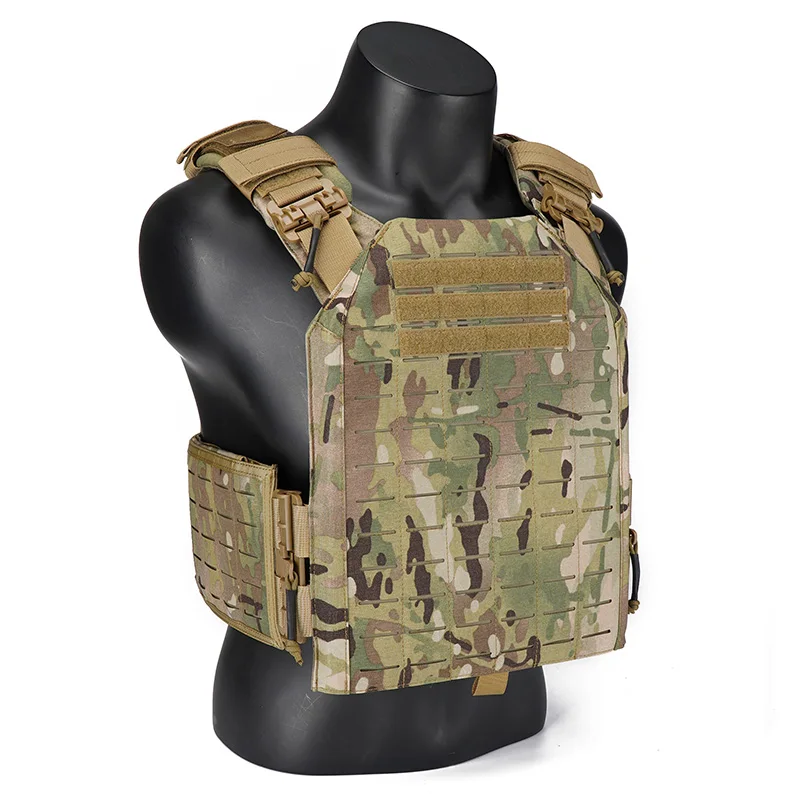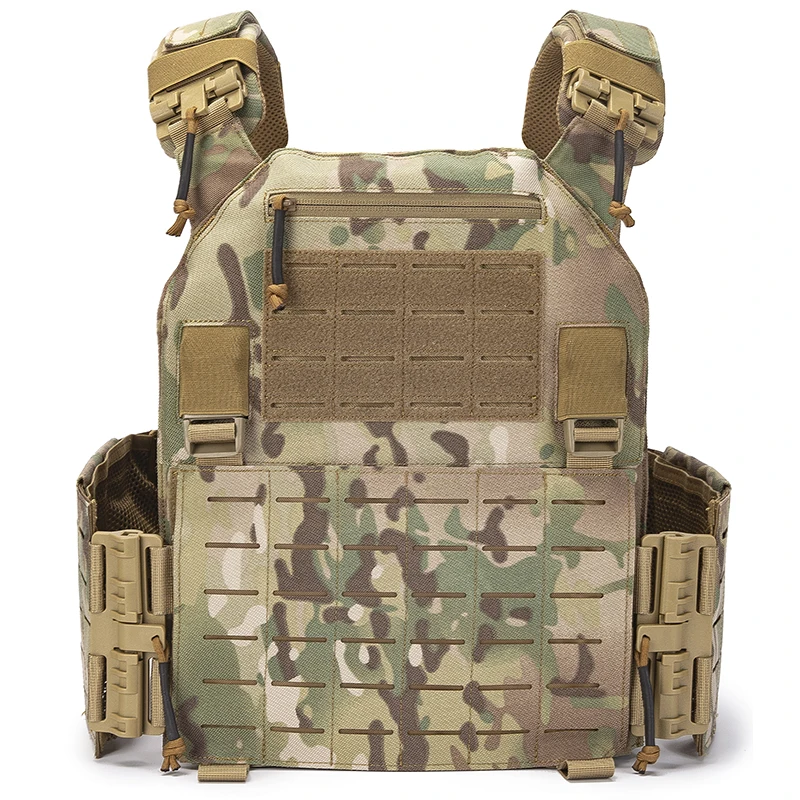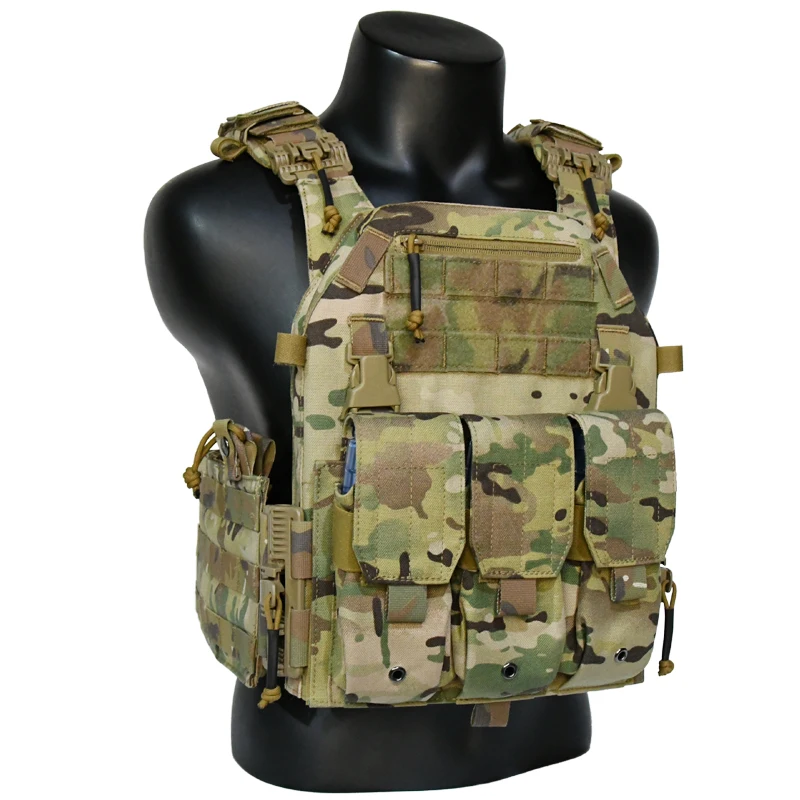Tactical Gear
PRODUCTS
Tactical Backpacks The Ultimate Guide For You
Understanding the Defining Features of Tactical Backpacks
What separates a tactical backpack from a standard rucksack? While the line can sometimes blur, several key features typically distinguish them. Durability is paramount; tactical packs are often constructed from rugged, tear-resistant materials like nylon or Cordura, designed to withstand harsh conditions and heavy loads. Molle webbing, a modular attachment system, is another common characteristic, allowing users to customize their pack with additional pouches, holsters, and accessories to suit their needs. Internal organization is also a key differentiator, with multiple compartments, dividers, and pockets for optimized gear management. Finally, tactical backpacks often prioritize ergonomic design, featuring padded straps, adjustable waist belts, and breathable back panels for increased comfort during extended use.
Beyond the core features, you'll find a range of specialized designs catering to specific activities. Some packs emphasize concealment, with subdued colors and low-profile designs, while others boast high visibility features like reflective strips for increased safety in low-light conditions. Consider your intended use – is it for daily commuting, hiking, hunting, emergency preparedness, or something else entirely? The features you prioritize will greatly depend on this.
Choosing the Right Size and Capacity
The size and capacity of your tactical backpack is crucial. Overpacking can lead to discomfort and strain, while underpacking can leave you unprepared. Capacity is typically measured in liters, with smaller packs (around 20-30 liters) suitable for day trips and urban use, while larger packs (40 liters and above) are better suited for extended adventures or carrying heavier loads. Consider the volume of gear you typically carry. Do you need space for a laptop, hydration reservoir, first-aid kit, and other essentials? Accurate assessment of your needs will guide you towards the appropriate size.
Don't forget to consider the pack's dimensions. Even if a pack boasts a high capacity, its overall size and shape might be unsuitable for your needs. A bulkier pack might be less maneuverable in tight spaces, while a slimmer pack might not offer the same level of organization or storage space. Think about the environments where you'll be using the pack and choose a size and shape that complements your activities.
Material and Construction: Durability and Weather Resistance
The material and construction of your tactical backpack directly impact its longevity and performance. Durable materials like Cordura nylon are known for their exceptional tear and abrasion resistance, making them ideal for demanding environments. Look for high-denier fabrics (the higher the denier, the stronger the fabric) for increased durability. Reinforced stitching in stress points is also crucial for preventing rips and tears. Consider the pack's water resistance. While fully waterproof packs exist, many offer water-resistant coatings or materials that provide adequate protection against light rain or splashes. For truly waterproof performance, a dedicated rain cover is often a necessary addition.
Pay close attention to the zippers and buckles. High-quality, heavy-duty zippers are less prone to breaking, while robust buckles ensure secure closure even under heavy loads. Check for features like reinforced seams and taped zippers for improved water resistance. Consider the overall build quality. A well-constructed pack will feel sturdy and well-made, with no loose threads or uneven stitching. Investing in a high-quality pack might cost more upfront, but it will offer superior durability and performance in the long run.
Comfort and Ergonomics: Maximizing Wearability
A comfortable backpack is essential, especially for extended use. Look for packs with padded shoulder straps, adjustable sternum straps (to distribute weight evenly across your shoulders and chest), and a padded waist belt (to transfer weight to your hips and reduce strain on your back). Breathable back panels made from mesh or perforated materials will help prevent overheating and sweat buildup. Consider the overall fit. A poorly fitting pack can lead to discomfort, back pain, and even injury. Try on different packs before purchasing to find one that fits your torso length and body type properly.
Think about the adjustability of the straps and belts. A pack with multiple adjustment points will allow you to customize the fit to your specific needs and preferences. Features like load-lifter straps (which help lift the weight off your shoulders) can significantly enhance comfort during long treks or when carrying heavy loads. Ergonomic designs that prioritize natural spinal alignment will minimize strain and enhance comfort during extended wear.
SUBSCRIBE
INQUIRY










